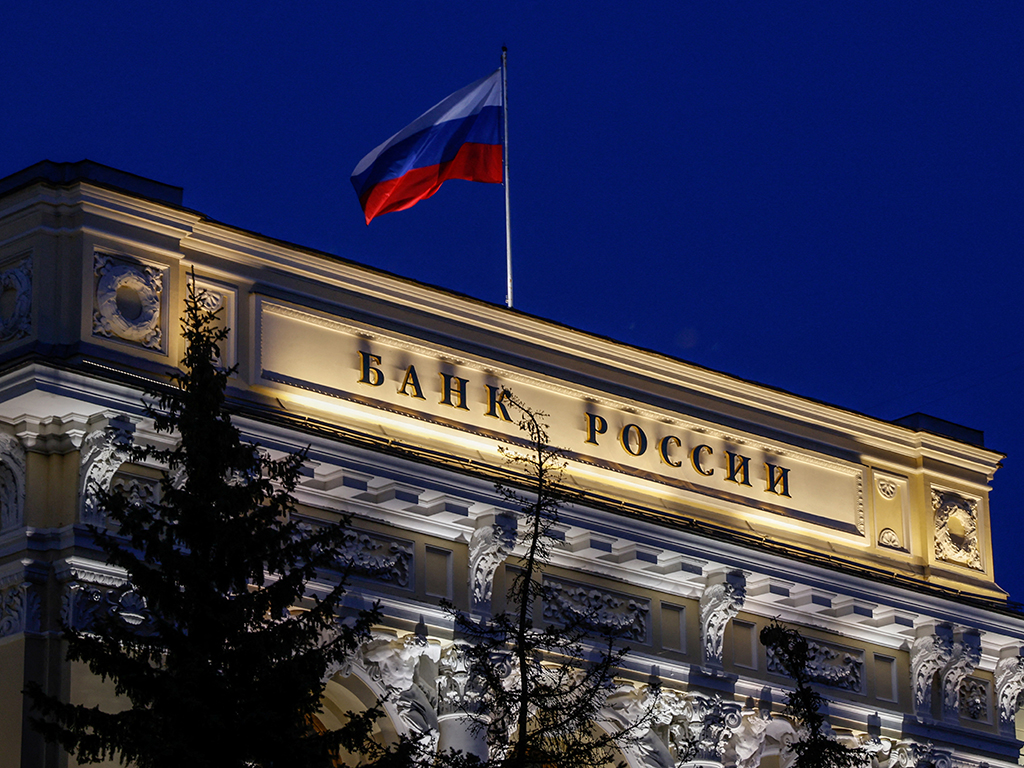
News that Russia has defaulted on its foreign currency debt for the first time since 1918, when the Bolsheviks repudiated the tsar’s debts, has renewed concern of a wider sovereign debt crisis, perhaps echoing that of the 1980s and 1990s when poorer countries across the world found themselves trapped by unpayable loans. With the International Monetary Fund (IMF) estimating that 60 per cent of low-income countries are already at or very near “debt distress”, the situation is serious and deteriorating.
Russia is a relatively unusual case. The Kremlin has said it is willing and able to meet its foreign debt obligations, having seen a significant increase in its foreign exchange income on the back of massive oil and gas price increases since the war in Ukraine. But it cannot repay these debts because of the sanctions regime, with the US and its allies imposing restrictions on institutions and individuals that pay in Russian roubles. Unlike its default in 1998 – unusually, made on rouble-denominated bonds – in the chaotic twilight of the Boris Yeltsin regime, Russia is this time likely to avoid the immediate financial fallout, given its huge export earnings and substantial foreign exchange reserves. The progress or otherwise of the war in Ukraine is, for the Kremlin, the more pressing concern.
But for the rest of the developing world, the same conditions do not apply. Sri Lanka defaulted a few weeks ago, Ghana has been denied access to international lending markets, and Pakistan is currently on the watchlist for default as political turmoil there aggravates health and economic crises.
Crucially, it is the round of interest rises being administered by central banks in major economies – with the US Federal Reserve and the Bank of England in the lead – that is having predictably dire consequences across the rest of the world. Increasing US interest rates are bad for the Global South: as interest rates on US assets rise, demand for US dollars also rises, leading to the dollar rising in value. For countries with dollar debts, this means having to pay more and more in debt servicing costs, which are due in more expensive dollars.
The IMF’s managing director, Kristelina Georgieva, has already warned of the “spillover risks to vulnerable emerging and developing economies” from US interest rate rises. When the US began gradually raising rates in the mid-1990s, the ripple effects helped provoke financial crises in Mexico, much of east Asia and, by 1998, Russia. Western interest rate hikes in the late 1970s and early 1980s helped spark the “third world” debt crisis, with appalling consequences for poverty and development across the rest of the decade.
Today, “emerging market” governments hold debt worth 67 per cent of their combined GDP, according to the IMF, with $53bn due in debt repayments this year from the very poorest countries. Lower-income country debt payments swelled by 120 per cent last decade, and are now the highest they have been for 20 years. The World Bank estimates that over the next year as many as a dozen developing countries could prove unable to service their debt.
This is a long way from the kind of systemic failure induced by the “third world” debt crisis four decades ago. But while the scale of the financial problem today is much smaller, the wider context for low- and middle-income countries, already facing health and economic crises, including food price surges, is far worse. The creditors for indebted nations this time are also different. Instead of official creditors such as major governments and multilateral institutions, a motley assortment of private-sector lenders have been expanding their loan-making to the developing world. BlackRock, one of the largest, has been urged by campaigners to delay demands for payment on its $220m loans to hard-hit Zambia.
And China itself is now a massive creditor to the developing world. The secrecy of its loan agreements means reliable figures are difficult to obtain, but it has been estimated that developing countries owe $385bn to Chinese institutions, about twice as much as the US and other major lenders. China’s massive Belt and Road Initiative programme of heavy infrastructure investment, from port facilities to railways networks and advanced telecoms equipment, has seen extraordinary sums flow from Chinese institutions into middle- and lower-income countries.
Without a fair renegotiation of debts, developing countries would be well-advised to learn from history: if the choice is between funding healthcare systems, economic recovery and paying foreign creditors, the creditors should always come last. Evidence from past defaults is that governments can treat them as a reset button for the economy: in many cases last century, defaulted countries saw rapid economic growth once burdensome debts were cleared. Defaulting used to mean being cut off from sources of foreign financing, but in today’s fragmented financial world, and with major governments pursuing their own objectives independently of maximising profits, this is less often the case. If some profit-maximising Western bank won’t lend, the China Development Bank will.
With clear conflicts of interest among these different lenders, there are sound opportunities for indebted governments to play off their existing creditors against each other. Given the likelihood of receiving future loans, alongside financial support and technology transfers, repaying the Chinese government or its agencies looks like a substantially better bet for most countries than stumping up the cash to BlackRock. If Western governments were smart, they would foreclose the potential crisis of tightening links between developing countries and China with a generous write-down of existing private-sector loans – twisting some creditor arms if necessary. More than half of outstanding private-sector loans are governed under English law. A more discerning and strategic British government would be looking to win some global friends and loosen those terms immediately.
[See also: Bank of England interest rates: Is recession its only choice?]



